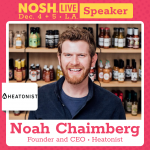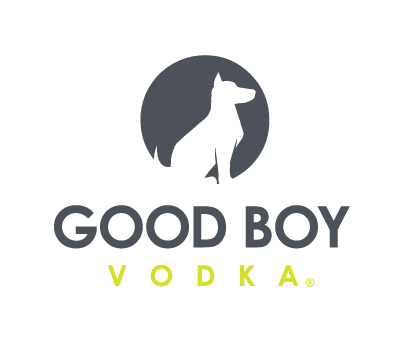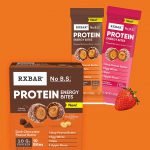Seeking Category, Channel Expansion, SkinnyDipped Raises $12M for Growth
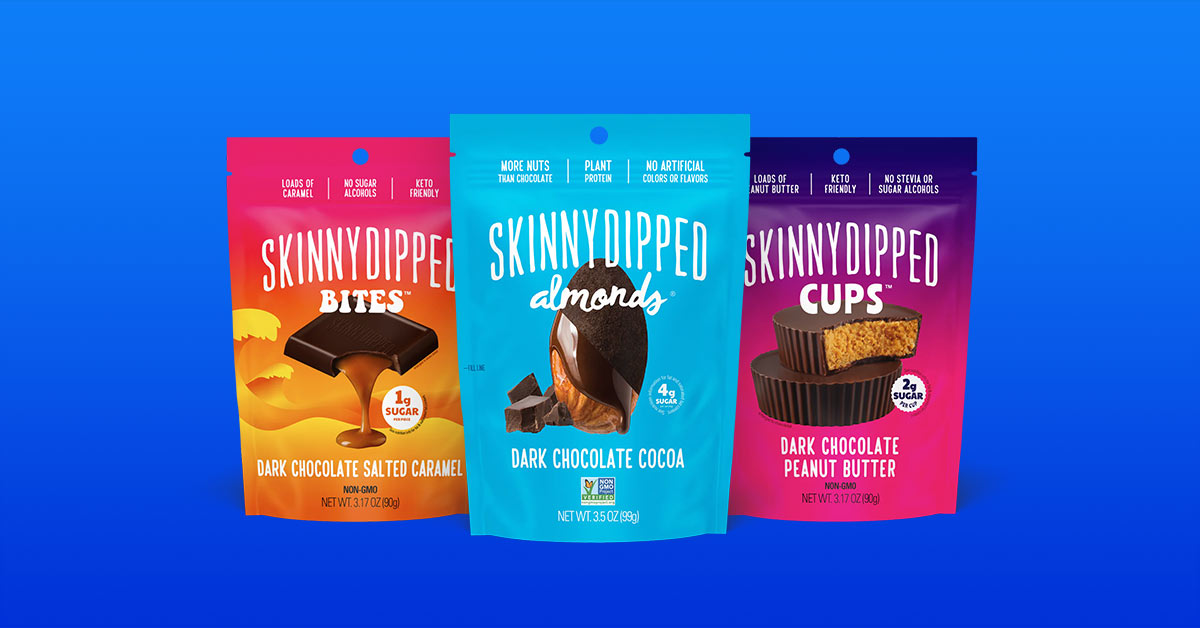
Confection and nut brand SkinnyDipped raised $12 million, according to an announcement today. The round saw participation from both notable individuals and venture entities associated with celebrities and entrepreneurs.
Co-founder and CEO Breezy Griffith said the company specifically sought out investors who could help “amplify” the company’s message and products
“There’s not really any CPG investors in this round,” Griffith said. “We kind of looked to do the opposite of a traditional CPG [venture capital round] …I didn’t want to go [that route] because I realized that we had this incredible group of super supporters and super fans.”
Hospitality entrepreneur David Grutman led the round, which also included his wife Isabela Grutman; actors Amy Schumer, Joel McHale and Mark Wahlberg; DJs Marshmello and Sebastian Ingrosso; athletes Odell Beckham Jr, Frances Tiafoe; and basketball player Kevin Durant and his venture firm partner Rich Kleiman.
The capital came in over the course of 2023, officially closing in August; in conjunction with several convertible notes. SkinnyDipped declined to share which of the investments were made through family offices or venture groups, such as if Kleiman and Durant each invested or their 35 Ventures firm did.
Prior investor CAVU did not take part in the round, but continues to hold a board seat. Griffin highlighted that the $12 million did not go towards offering early investors liquidity. According to Securities and Exchange filings, the company has previously raised over $15 million.
“I did not want to raise essentially a traditional VC round. It’s just many individual investors, [and while] at times that money came from a VC fund associated with their names, the money was not raised through venture funds,” Griffith explained.
Much of the capital will go towards innovation, distribution and sales growth. Since its launch in 2016, SkinnyDipped has expanded to 25,000 retail doors nationwide. Griffith said the brand plans to move beyond confection with new snack products “that are unique yet familiar to the category” and that carry a low-sugar positioning. While easy wins may include launching sweet salty or sweet hot flavors of existing products, Griffith said the brand will also enter a new savory category in the near future.
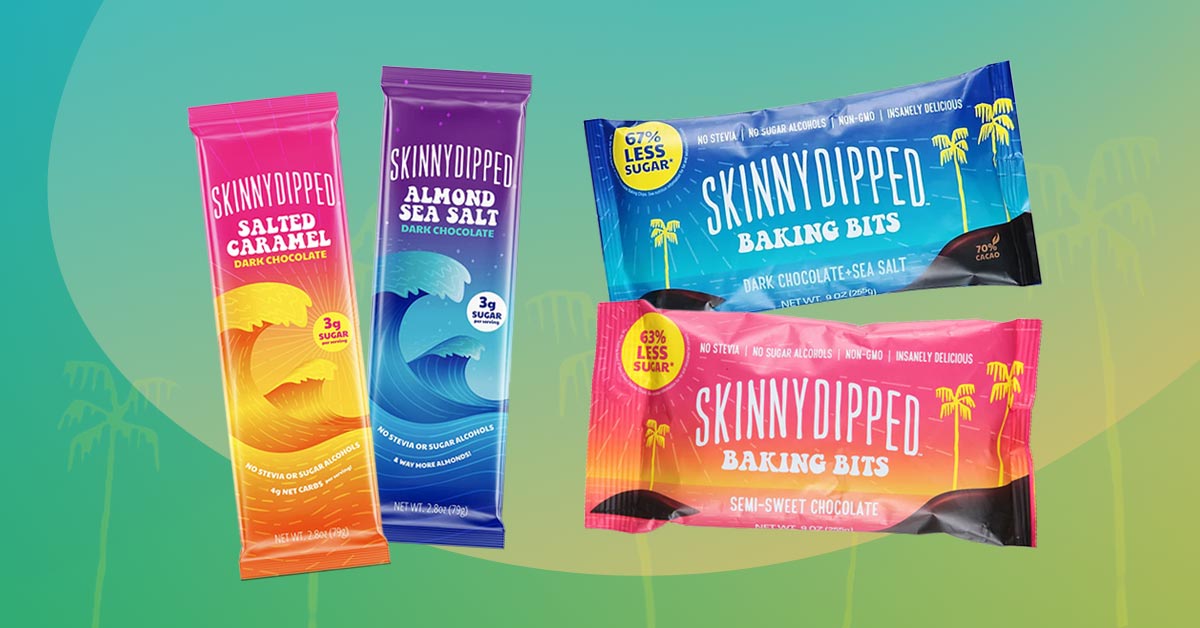
The company has learned from its prior launches, Griffith said. After testing a line of chocolate chips and chocolate bars, the brand chose not to move forward with the chips and reduced the bars down to snackable “bites.” Though its dipped nuts still account for the bulk of SkinnyDipped’s revenue, Griffith said it plans to focus growth on the sales of its confection items over the next year.
“[With the prior bars and chips] we heard our consumers loud and clear, which is that they look to SkinnyDipped for better-for-you snacking anytime of the day,” Griffith said. “That doesn’t necessarily mean that it’s limited to sweet, which was a really interesting discovery for us, but it also meant that being a pure play kind of chocolate brand wasn’t true to our roots.”
Within nuts, there’s strong competition. Legacy brands such as Diamond of California, Orchard Harvest and Royal Macadamia, and Emerald Nuts (which was picked up by Flagstone Foods earlier this year) each offer sweet options while Blue Diamond has gone a step further, launching a Thin Dipped Almond line earlier this year.
As it hones in on the next phase of growth, SkinnyDipped’s sales strategy has also evolved. Last year the company shut down its e-commerce store in favor of having all orders processed by Amazon. The confection brand still handles fulfillment so that it can ship year-round (Amazon will not ship chocolate in summer months) but said focusing on one retailer for ecommerce made more financial sense.
The company could hit profitability now, Griffith noted, but instead has decided to delay that milestone in order to further invest in sales and marketing. Still, she added, the company is aware that it cannot pursue growth at all costs.
“We’ve been laser focused on gross margin and now we’re in a very strong spot, so that’s why now we’re pivoting to focus on growth,” Griffith said. “Growth and profitability are equally important… [so we are]making sure that as we continue to grow the business, and grow additional channels and retailers, it’s a business that is sustainable, and that we can continue to support.”
When thinking about what’s next financially for the brand, Griffith says she’s focused on building a brand that can remain on shelf for the next thirty to forty years, but foresees an exit at some point to a buyer that can “help take distribution to the next level.”

